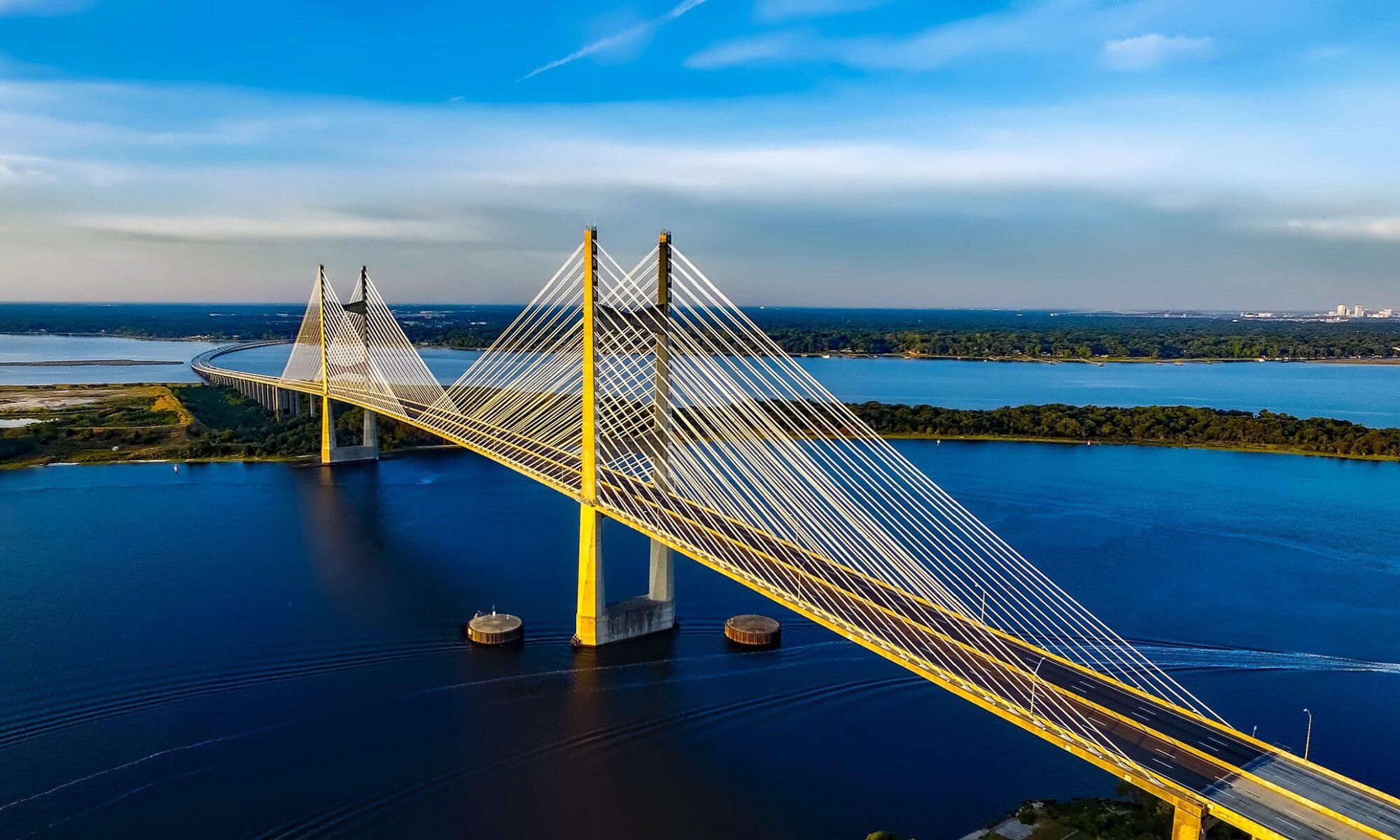Boat Handling
The Boat Handlingcourse is the next step after completing America’s Boating Course, 3rd Edition (ABC3), taking the knowledge and skills learned there and expanding and extending them with this newly updated edition. Or make Boat Handlingthe first step into building boating confidence and competence for safe and fun on-the-water adventures. Boat Handling 2012 presents material applicable to both power and sail, covering such topics as the construction and functioning of a boat, the skipper’s responsibilities, preparing the boat for use, handling and maneuvering a vessel under various conditions in close quarters and on the open water, rules of the road, anchoring, emergencies, and marlinspike/basic knots. The Appendices cover boating into the waters of Canada and Mexico, the effects of weather on the boater’s health, and general information on obtaining a US Coast Guard captain’s license. It is suggested that Boat Handling be scheduled over nine two-hour class sessions, one session for each chapter and one session for the proctored test.
Marine Navigation
Marine Navigation is the first course in the sequence of USPS courses on navigation, covering the basics of coastal and inland navigation. This course focuses on navigation as it is done on recreational boats today and embraces GPS as a primary navigation tool while covering enough of traditional techniques so the student will be able to find his/her way even if their GPS fails. The course includes many in-class exercises, developing the student’s skills through hands-on practice and learning. Ten classes of two hours each normally are scheduled for presentation of this course. In addition the students have seven days to complete the open book exam. Topics covered include:
- Charts and their interpretation
- Navigation aids and how they point to safe water
- Plotting courses and determining direction and distance
- The
mariner’s compass
and converting between True and Magnetic - Use of GPS ‐ typical GPS displays and information they provide, setting up waypoints and routes, staying on a GPS route.
- Pre-planning safe courses and entering them into the GPS
- Monitoring progress and determining position by both GPS and traditional techniques such as bearings and dead reckoning
- The
Seaman’s Eye
‐ simple skills for checking that one is on course.
Advanced Navigation
Advanced Navigationis the second in the sequence of USPS courses on navigation. It continues to build coastal and inland navigation skill, allowing the student to take on more challenging conditions – unfamiliar waters, limited visibility, and extended cruises. GPS is embraced as a primary navigation tool while adding radar, chartplotters, and other electronic navigation tools. As with Piloting, the course includes many in-class exercises, advancing the student’s skills through hands-on practice and learning. Ten classes of two hours each normally are scheduled for presentation of this course. In addition the students have seven days to complete the open book exam. Topics covered include:
- Review of skills learned in Marine Navigation
- Advanced positioning techniques such as advancing a line of position
- Other electronics: radar, depth sounders, autopilots, chartplotters, laptop computer software, etc.
- Hazard avoidance techniques using electronics (e.g.,
keep out
zones in GPS) - Collision avoidance using radar and GPS
- Working with tides: clearances, depth, effects of current
- Navigation with wind and currents
- The
Seaman’s Eye
‐ simple skills for checking that one is on course
Offshore Navigation
Offshore Navigation is the first in a two-part program of study in offshore navigation, followed by the Navigation course. It is designed as a practical “how to” course. Subject matter includes:
- Precise time determination
- Use of the Nautical Almanac
- Taking sextant sights of the sun
- Reducing sights to establish lines of position
- Special charts and plotting sheets for offshore navigation
- Offshore navigational routines for recreational craft
In Offshore Navigation, the student will continue to use GPS as the primary position sensor, as they learned to do in Marine Navigation and Advanced Navigation. However, the offshore environment poses many different elements for consideration by the Navigator. Ocean currents, wind, and sea state all affect a vessel’s performance over the longer passages. Also, visible terrestrial landmarks are no longer available to the navigator as reference points. In the Junior Navigation course, the student will learn to substitute celestial objects such as the sun as reference points. The course begins with the study of celestial navigation, teaching the student to take sights on the sun with a marine sextant and derive a line of position from that observation. Next, the student will apply the principles learned in Advanced Navigation, and plot a running fix from two sun sights taken about four hours apart. Once the student has learned the basics of celestial sight reduction, the course continues with planning, positioning, and checking one’s position in the offshore environment, using both electronic and celestial tools.
Celestial Navigation
After Offshore Navigation, this course is the second part of the study of offshore navigation, further developing the student’s understanding of celestial navigation theory. This Navigation 2009 course deals with learning celestial positioning using other bodies, in addition to positioning using the sun (covered in the Offshore Navigation course). This course also deals with electronic software tools that can be used to plan and execute an offshore voyage. You will first learn to reduce these sights by the Law of Cosines method. Later in the course, you will learn an additional method of sight reduction, the Nautical Almanac Sight Reduction (NASR) method. You will also learn about sight planning techniques. With that knowledge, you will have the tools to take sights and complete your Navigation Sight Folder. The course includes a chapter on using a software-based voyage planning tool and a navigation program. The final chapter of the course contains a Practice Cruise that ties the separate elements of the course together.
